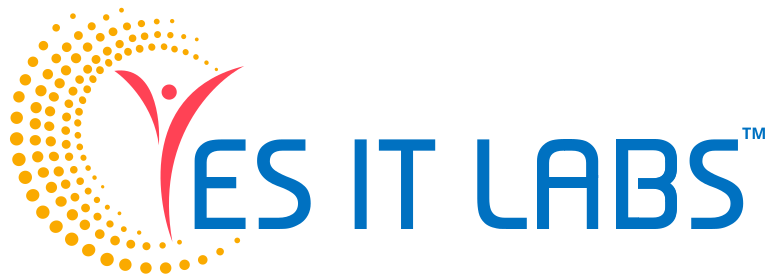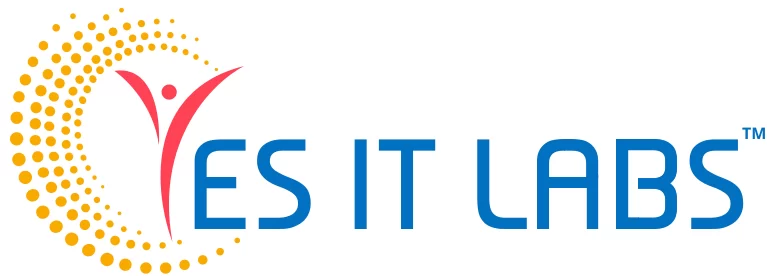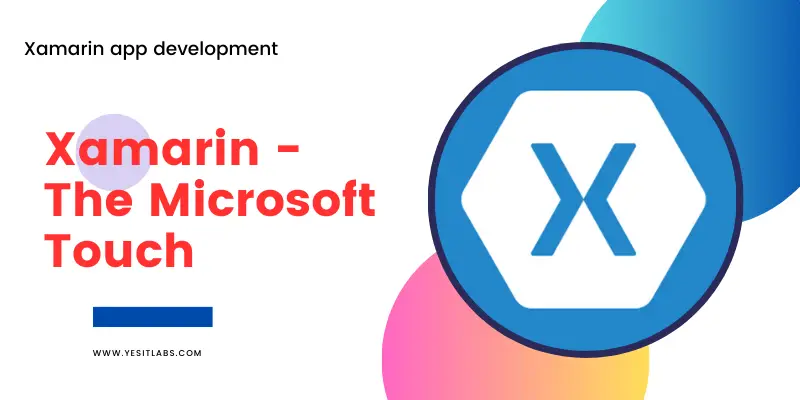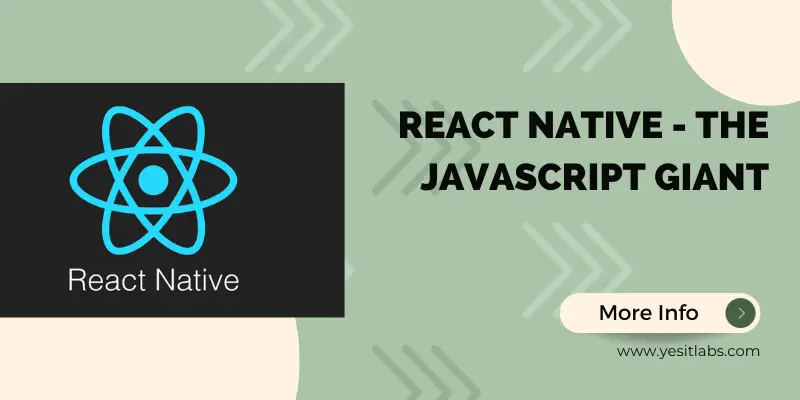Introduction
In the dynamic world of mobile app development, choosing the right framework can be a daunting task. With the proliferation of smartphones and the demand for feature-rich applications, developers often find themselves at a crossroads when it comes to selecting the best tool for the job. In this blog post, we’ll embark on a journey to decode three of the most popular frameworks: Flutter, Xamarin, and React Native.
Understanding the Basics:
Before we delve into the intricacies of each framework, let’s establish a baseline understanding. Flutter, developed by Google, employs Dart as its programming language. Xamarin, owned by Microsoft, utilizes C# for app development, while React Native, a creation of Facebook, relies on JavaScript and React.
Flutter – Beauty in Simplicity:
Flutter has gained significant traction in recent years, thanks to its simplicity and expressive UI. Dart, although less commonly used compared to languages like JavaScript, has proven to be an efficient choice for Flutter developers. One of the standout features of Flutter is its “hot reload” functionality, enabling developers to instantly see the effects of code changes without restarting the entire application.
The widget-based architecture in Flutter developers to create a consistent user interface across platforms, eliminating the need for separate designs for iOS and Android. This not only saves time but also ensures a uniform user experience.
Xamarin – The Microsoft Touch:
Xamarin, being part of the Microsoft ecosystem, offers seamless integration with Visual Studio and Azure. If you’re already immersed in Microsoft technologies, Xamarin might be the natural choice for your mobile app development. With Xamarin, you can leverage existing C# skills, which can be a significant advantage for developers familiar with the language.
Xamarin allows for code-sharing between iOS and Android applications, streamlining the development process. The platform also provides access to native APIs, ensuring that developers can tap into the full potential of each platform when necessary.
If you’re considering Xamarin app development, it’s essential to weigh the pros and cons based on your team’s expertise and project requirements. Now, let’s shift our focus to the world of React Native.
React Native – The JavaScript Giant:
React Native, being rooted in JavaScript, has garnered immense popularity due to the ubiquity of the language and the vibrant React community. If you’re a web developer with a strong foundation in JavaScript, transitioning to React Native can be a smooth experience.
One of React Native’s strengths lies in its ability to deliver near-native performance. By utilizing native components, React Native applications can achieve a level of performance that is often indistinguishable from apps developed using traditional methods.
If you’re looking to streamline your development process and tap into the expertise of a skilled team, hire React Native developers could be the key to unlocking a seamless and cost-effective mobile app development journey.
Comparative Analysis:
To decode the best framework for your mobile app, it’s crucial to consider factors such as performance, development speed, and community support.
Performance:
- Flutter excels in delivering high-performance applications, thanks to its compiled language (Dart).
- Xamarin, with its direct access to native APIs, provides solid performance.
- React Native, while impressive, may experience performance variations due to its reliance on JavaScript.
Development Speed:
- Flutter’s hot reload feature speeds up the development process, allowing for quick iteration and debugging.
- Xamarin’s code-sharing capabilities enhance development speed by minimizing redundant efforts.
- React Native’s modular and reusable components contribute to an efficient development workflow.
Community Support:
- Flutter, backed by Google, boasts a growing community and extensive documentation.
- Xamarin benefits from Microsoft’s support, ensuring a robust developer community.
- React Native’s immense popularity has resulted in a vast and active community, providing ample resources for developers.
Conclusion:
In the quest to decode the best framework for your mobile app, there’s no one-size-fits-all answer. The choice between Flutter, Xamarin, and React Native depends on your specific project requirements, team expertise, and personal preferences.
If you prioritize a visually stunning, uniform user interface with quick development cycles, Flutter might be your go-to choice. Xamarin, with its seamless integration into the Microsoft ecosystem, is ideal for C# enthusiasts. Meanwhile, React Native stands out for web developers familiar with JavaScript and seeking near-native performance.
Ultimately, each framework has its strengths, and the best choice is the one that aligns with your project goals and the skills of your development team. As the mobile app development landscape evolves, staying informed about the latest updates and innovations in these frameworks will be key to making well-informed decisions for your projects.









